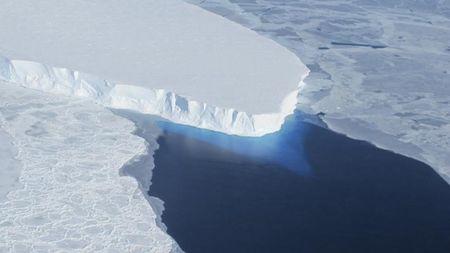OSLO - The baseline for "normal" weather used by everyone from farmers to governments to plan ahead needs to be updated more frequently to account for the big shifts caused by global warming, the U.N.'s World Meteorological Organization said on Wednesday.
The WMO's Commission for Climatology believes rising temperatures and more heatwaves and heavy rains mean the existing baseline, based on the climate averages of 1961-90, is out of date as a guide, the WMO said in a statement.
"For water resources, agriculture and energy, the old averages no longer reflect the current realities," Omar Baddour, head of the data management applications at the WMO, told Reuters.
A government trying to decide where to build river flood defences or a hydroelectric dam based on average rainfall could be misled by the 1961-90 data, for example, while a farmer studying average temperatures might plant crops that wilt in warmer conditions, he said.
Under current rules, the 1961-90 baseline is due to be updated in 2021, with the data from 1991-2020. The Commission for Climatology wants to see rolling updates every decade, making the current baseline 1981-2010 and the next period 1991-2020.
Some weather services have already adopted new baselines, which just causes confusion, the WMO said.
"Different researchers and weather services are using different baselines, which results in inconsistent comparisons," it said.
Baddour said the WMO also wants to retain the 1961-90 benchmark to judge long-term trends in climate change.
Last year, the U.N.'s panel of climate scientists raised the probability that human activities, led by the use of fossil fuels, are the main cause of global warming to at least 95 percent from 90 in a previous assessment in 2007.





















































